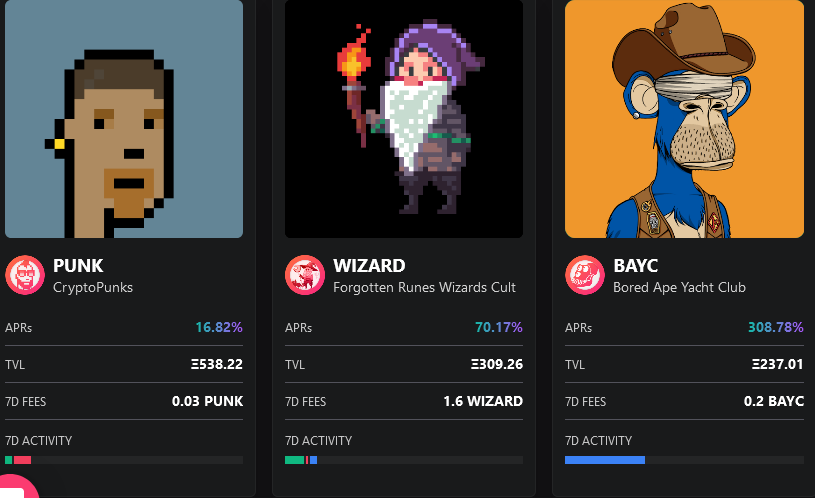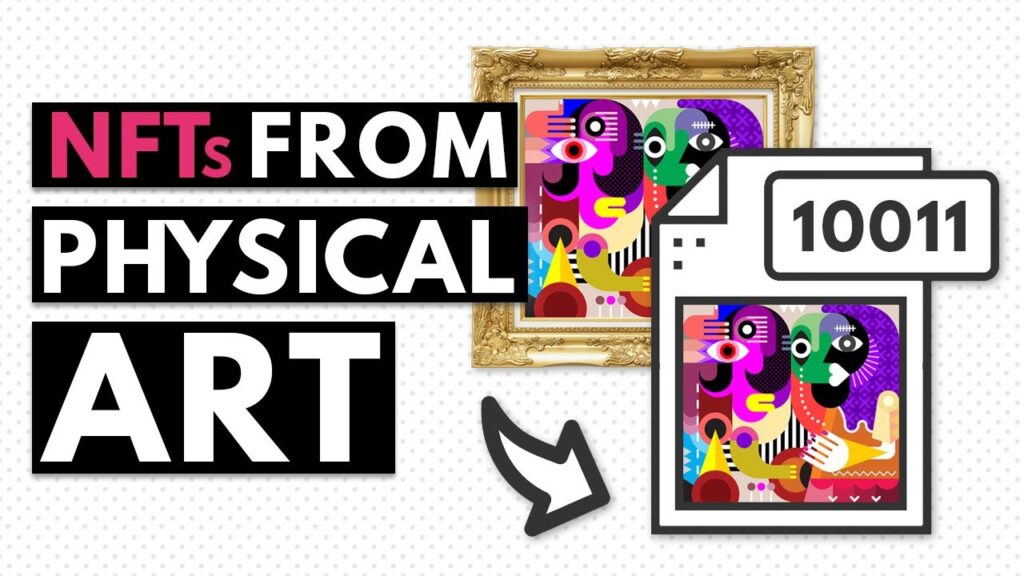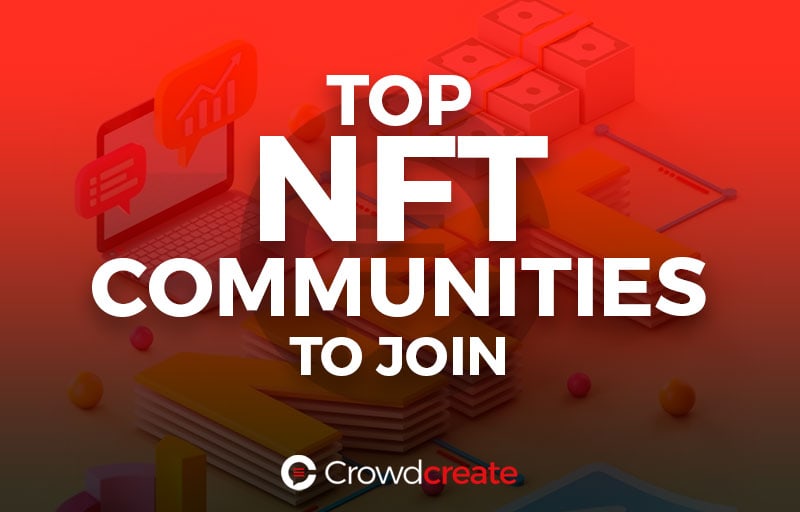In the world of cryptocurrency, NFTs (non-fungible tokens) have taken the market by storm. These unique digital assets have created a new world of opportunities for artists, gamers, and collectors alike. However, with the rise of NFTs, the term “staking” has also become a buzzword among crypto enthusiasts. So, what exactly is NFT staking, and how does it work?
Simply put, staking refers to holding a certain amount of cryptocurrency in a designated wallet for a specific period of time to earn rewards. In the case of NFTs, staking involves holding a particular NFT in a staking wallet to earn rewards. These rewards can come in the form of additional NFTs, tokens, or even access to exclusive content. But how does the process of staking NFTs really work, and what are the benefits and risks? In this article, we’ll dive into the world of NFT staking and uncover everything you need to know to get started.

Introduction to NFT Staking
Non-fungible tokens (NFTs) have become increasingly popular over the past few years. These tokens represent a unique asset, such as a piece of art, a collectible, or even a piece of digital real estate. NFTs are tokens stored on a blockchain, and they are cryptographically secure. As the demand for these tokens has grown, many projects have emerged that allow users to stake their NFTs and earn rewards. This article will explain how NFT staking works and the potential benefits of staking NFTs.
What is NFT Staking?
NFT staking is a process by which users can stake their NFTs to earn rewards. By staking their NFTs, users are essentially locking up their tokens to increase the value of the NFTs. This can be done by participating in the governance of a project, participating in a liquidity pool, or simply by holding the tokens for a certain amount of time. In exchange for staking their NFTs, users are rewarded with a percentage of the total supply of the NFTs. This reward can be in the form of tokens or other rewards, such as discounts on certain products or services.
NFT staking can also be used to increase the liquidity of an NFT. By staking an NFT, users are essentially making it easier for other users to buy and sell the NFTs on exchanges. This increases the liquidity of the NFTs, making them more attractive to potential buyers. Additionally, staking can also increase the value of the NFTs, as users are incentivized to hold onto them for a longer period of time.
How to Stake NFTs
Staking NFTs is relatively straightforward and requires only a few steps. First, users need to find a staking platform that supports the NFTs they wish to stake. Popular staking platforms include Ethereum-based projects such as Binance Smart Chain, Polygon, and Uniswap. These platforms allow users to stake their NFTs and earn rewards.
Once a user has selected a staking platform, they will need to deposit their NFTs into the platform’s wallet. Depending on the platform, the user may need to pay a fee to deposit the tokens. The user can then stake the NFTs by selecting the amount to be staked and the duration of the staking period.
Once the staking period is complete, the user will be rewarded with a percentage of the total supply of the NFTs. The reward will depend on the length of the staking period and the amount staked. Staking is a great way to earn rewards and increase the value of an NFT.
Advantages of NFT Staking
NFT staking offers several advantages for both users and projects. For users, staking can be a great way to earn rewards and increase the value of their NFTs. Additionally, staking can increase the liquidity of an NFT, making it easier for users to buy and sell the tokens.
For projects, staking can provide additional liquidity and increase the value of the project’s NFTs. Additionally, staking can help projects to attract more users and build a stronger community. Finally, staking can help projects to raise funds and increase the project’s overall value.
Risks of NFT Staking
NFT staking can be a great way to earn rewards, but it is important to be aware of the risks associated with staking. First, users should be aware that staking can be a risky investment, and they may not always earn the rewards they were hoping for. Additionally, staking can be a long-term investment, and the rewards may not be immediate. Finally, users should always be aware of the potential for scams, as there are many projects that may not be legitimate.
It is also important to note that NFT staking does not guarantee a return on investment. As with any investment, there is a risk of losing money. Users should always do their research and only invest what they can afford to lose.
Conclusion
NFT staking is a great way for users to increase the value of their NFTs and earn rewards. By staking their NFTs, users can increase the liquidity of the NFTs, attract more users to the project, and earn rewards. However, it is important to be aware of the risks associated with staking, such as the potential for scams and the possibility of not earning the rewards expected.
Frequently Asked Questions
What is NFT Staking? NFT staking is a process of earning rewards from the ownership of Non-Fungible Tokens (NFTs). In this process, users can earn rewards in the form of digital assets or financial gains by holding NFTs.
How does NFT Staking Work?
NFT staking works by allowing users to lock up their NFTs as collateral for a period of time. The user will receive a certain amount of rewards based on the amount of time the NFT is locked up. The rewards can be in the form of digital assets, or financial gains. In addition, the user may also receive rewards based on the amount of NFTs they own. To participate in NFT staking, users need to have access to a staking platform, such as a decentralized exchange or a smart contract.
Once the user has access to a staking platform, they will be able to select the NFTs they wish to stake, as well as the amount of time they wish to stake them for. Once the stake is completed, the user will receive rewards from the platform. The rewards may be in the form of digital assets, or financial gains.
In addition to the rewards, users may also receive additional benefits from staking their NFTs, such as increased liquidity and market visibility. This can be especially beneficial for users who are looking to increase the value of their NFTs.
What are the Benefits of NFT Staking?
The main benefit of NFT staking is the potential to earn rewards in the form of digital assets or financial gains. This provides users with an additional form of income, which can be used to purchase more NFTs or invest in other digital assets.
In addition, NFT staking can provide users with increased liquidity and market visibility. By staking their NFTs, users can gain access to a larger pool of buyers, which can increase the value of their NFTs. This can be beneficial for users who are looking to increase the value of their NFTs.
Finally, NFT staking can also provide users with greater control over their NFTs. By staking their NFTs, users can have more control over which buyers they want to work with, as well as the amount of time they want to stake their NFTs for. This can be beneficial for users who are looking to maximize their returns.
NFT Staking – What Is It And How Does It Work?  (Explained)
(Explained)
In conclusion, NFT staking is a relatively new concept in the world of cryptocurrency that allows investors to earn passive income by holding non-fungible tokens. By staking their NFTs, investors can earn rewards in the form of additional tokens or cryptocurrency without having to sell their original assets. This provides a great opportunity for those who believe in the long-term potential of their NFTs and want to earn passive income while they hold onto them.
As the popularity of NFTs continues to grow, we can expect to see more and more NFT staking platforms emerge. These platforms will offer various staking options and reward structures, allowing investors to choose the best option for their investment goals. While there are risks involved with any investment, NFT staking provides a unique way for investors to earn a steady stream of passive income while they hold onto their valuable NFT assets.


